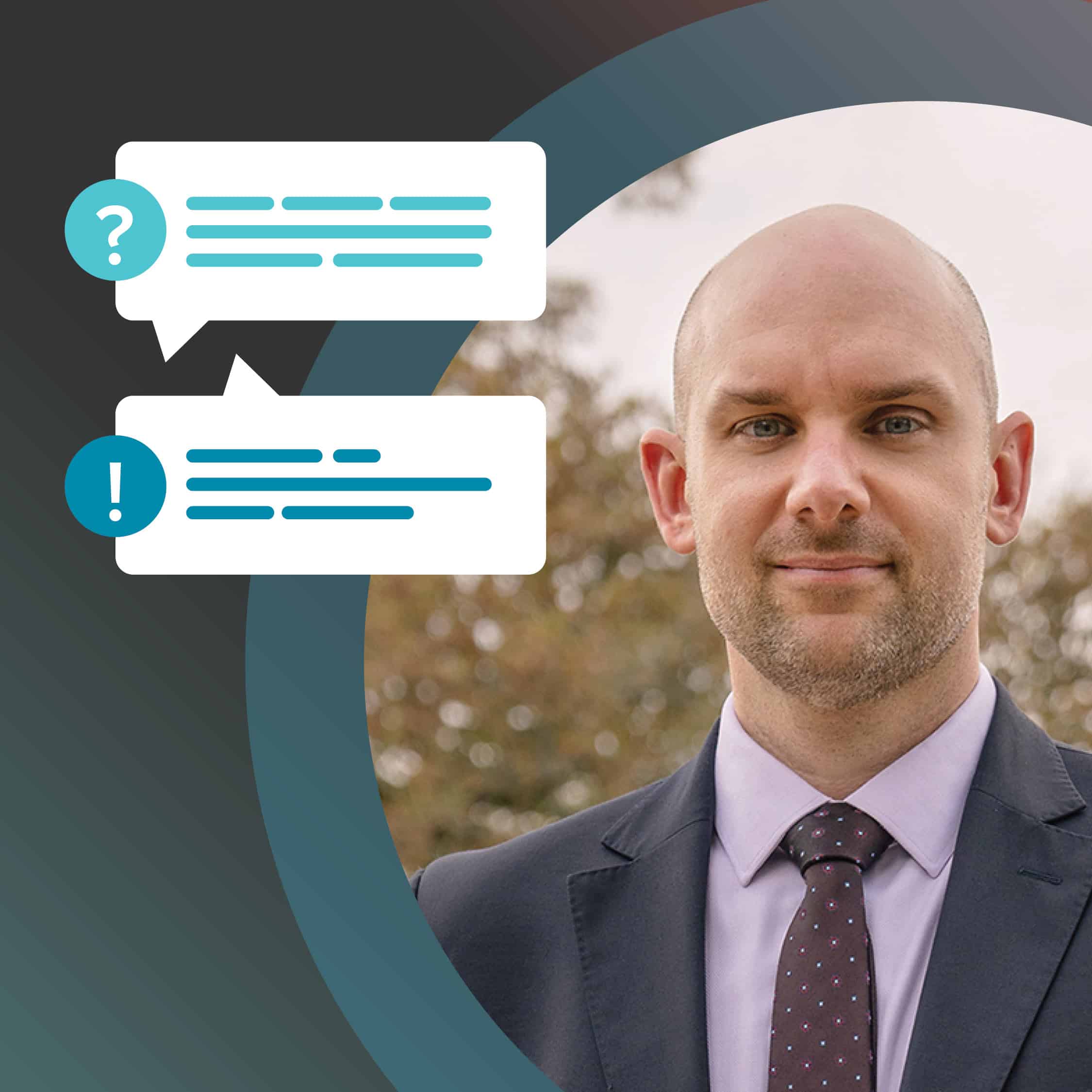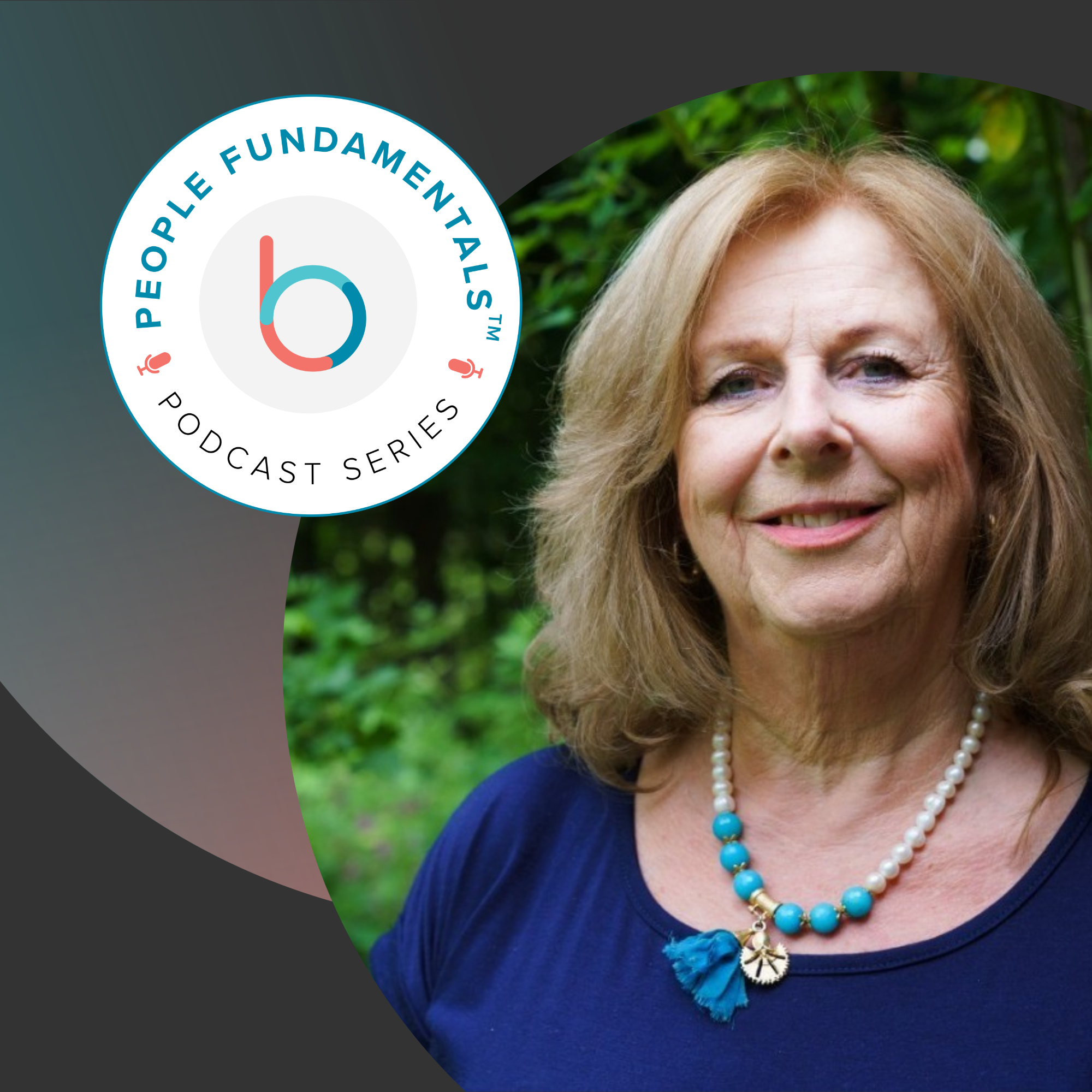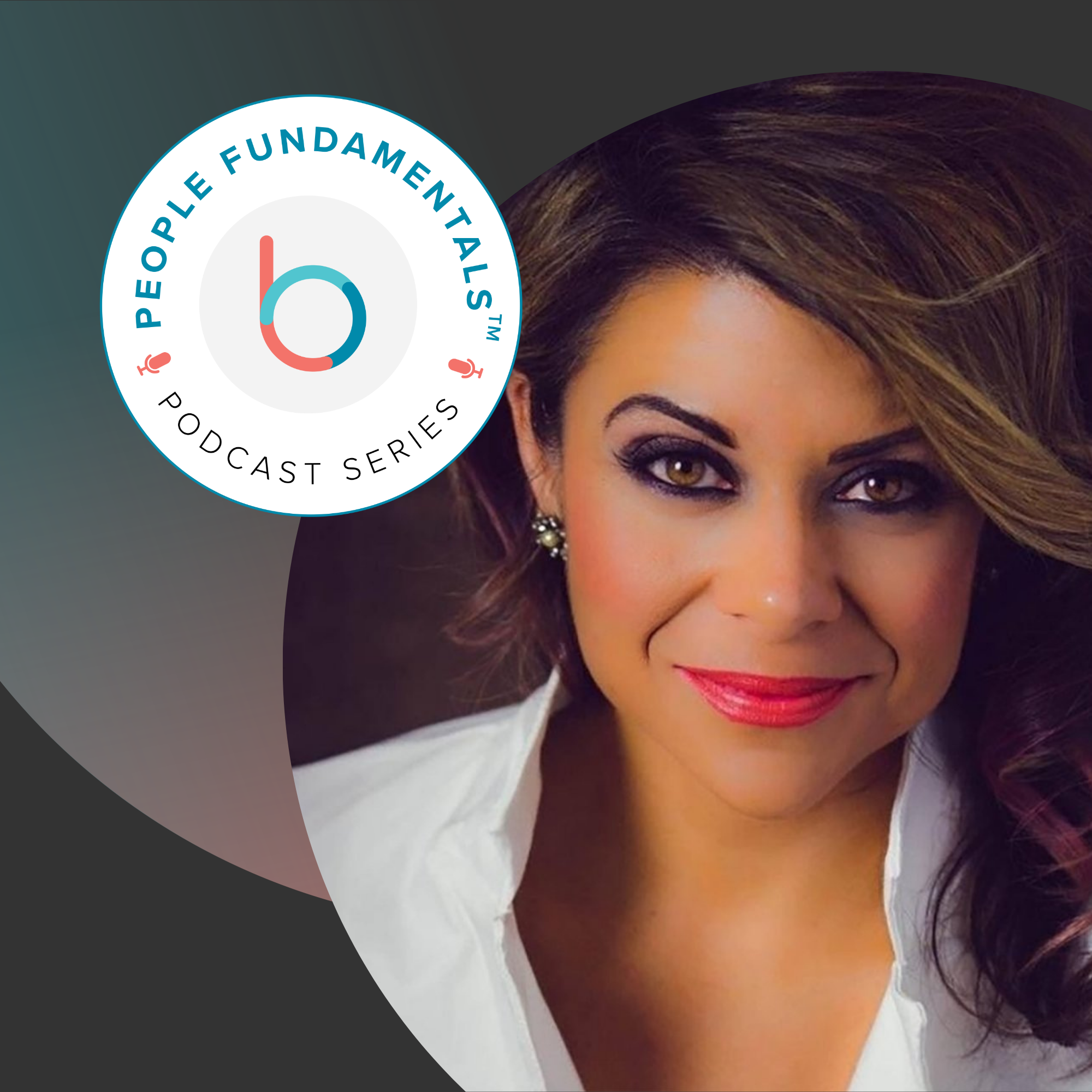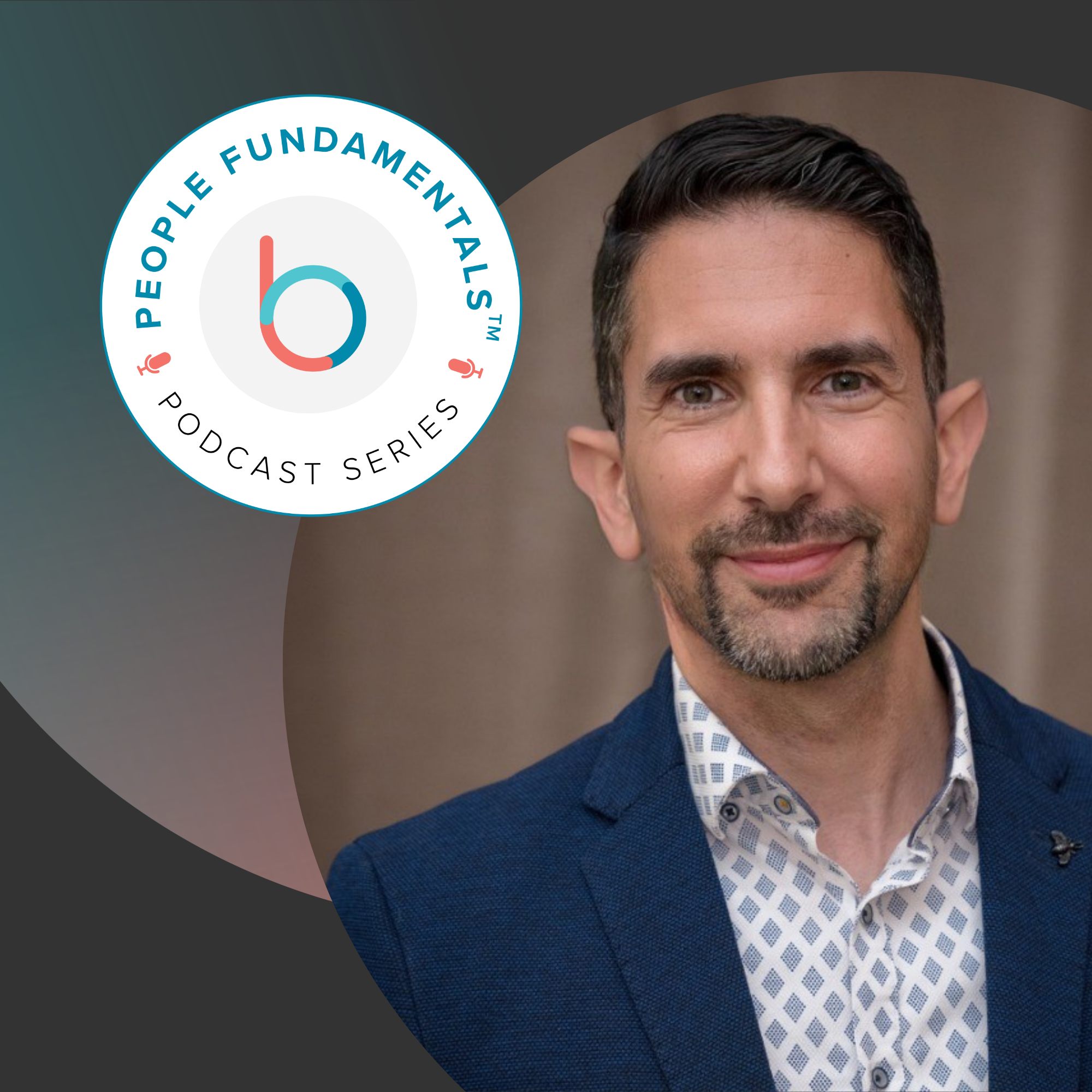What we call The Great Resignation represents the culmination of many emerging trends in workforce power dynamics, and they’re not going away anytime soon, according to Dr. Anthony Klotz, associate professor of organizational behavior at University College London’s UCL School of Management and the one who coined the term.
Luckily, those same disruptive forces also present an opportunity for HR leaders and their organizations, he shared in “Responding to the Great Resignation and Shaping the Future of Work,” the first webinar in our People Fundamentals series. “This should be a time of optimism for the world of work,” he said. “It’s going to be a several-year experiment where we’re trying to figure out the right ways to work, but there is this brighter future in store.”
Klotz shared what he’s seeing in the latest workforce trend data and his ideas for how HR leaders can make the most of this critical moment.
Developing stronger one-on-one employee relationships
It’s easy to think the Great Resignation was solely a pandemic phenomenon. But Klotz points out that the quit rate, a federal measurement of U.S. employee voluntary departures, was already at a historic high in 2019.
During the Great Resignation, quit rates went even higher, peaking at 3% in late 2021. People are quitting at twice the rate they did a decade ago. Quits are down this year but are still above 2019’s already high levels.
What’s causing the recent downtick? Klotz believes the worst of the Great Resignation is behind us. He argues that many organizations have responded positively to employee demands for better compensation, upgraded benefits, and more meaningful relationships with their managers. And those manager-employee relationships are something employers can continue to build on.
“It really comes down to one-on-one relationships with employees,” Klotz says. “We have this seat at the table right now to develop stronger relationships with employees, and it all starts with a lot of one-on-one communication.”
By investing more in one-on-one relationships with employees, HR leaders and managers can dig deeper into the issues that drive resignations and reduce turnover contagion among remaining employees. At a time when change fatigue is all too real, Klotz says, psychological safety is important. Employees need to be able to feel that they can engage with their managers.
Investing in these relationships can also help maintain relationships with departing employees, who might consider returning as a “boomerang employee” if their new job doesn’t work out. Up to 30% of new hires are former employees. Keeping this door open may require overcoming our initial reactions. “When an employee is voluntarily leaving, it’s not something that we want to celebrate or stare at for too long. Especially when it’s a high performer leaving, it can be quite painful,” Klotz says.
The payoff can be tremendous for organizations that develop that cultural openness. “They’re saying, ‘We’ve invested so much in our onboarding programs over the years, and we’ve completely neglected our offboarding programs, and we’re going to change that,’” Klotz adds.
Today’s environment represents an opportunity for employers to talk about their vision for the future.
“Now is really the moment for leaders to get back to painting that positive vision of the future, vision-based leadership, purpose-based leadership, and creating a positive momentum again, “ Klotz says. “Employees aren’t just looking for meaning in their work. That’s definitely important. But they’re also looking for that brighter future.”
Finding more ways to be flexible
The shift of millions of people to remote work at the start of the pandemic might be “the grandest experiment that’s ever gone on in the history of work,” Klotz says.
After the initial cultural and logistical shocks passed, many workers came to appreciate remote and hybrid work arrangements and have resisted expectations to return to traditional offices full time. Indeed, workers view a hybrid schedule as equivalent to a 7% or 8% pay raise, according to research by Stanford University economist Nick Bloom.
That perceived benefit makes it worthwhile to find ways to be flexible even with roles that we might have assumed couldn’t be remote or hybrid. “Often we’re more creative when there are constraints put on our creativity and the problem we’re trying to solve, and we say, ‘So what does really flexible in-person work look like?’” Klotz says. For example, flexible could mean different shift hours, enabling part-time work, or providing a sabbatical.
Klotz recommends taking an analytical approach to determining which parts of individual jobs can be performed remotely, by whom and when. In situations when remote work isn’t possible due to the job requirements, take time to discuss other ways to bring flexibility to the position, Klotz says. You may be surprised by the ideas individual workers and their managers can develop.
“Organizations are really thinking about, ‘OK, we want to make sure that employees can have a rich life outside of work, but we still want them to bring their best to work,’” Klotz said. “Sit down with them, connect with each individual and say, ‘How do we find that mix that’s reasonable for you and for us?’”
Investing in your managers
The most crucial relationship employees have at work is with their direct supervisor. The Great Resignation reminded many leaders that they must invest more in their managers and help them perform the people-side of their jobs well. That means HR should prioritize conversations with managers to ask if they have the tools and support they need to be great managers, Klotz says.
“The reality is that a lot of managers’ spans of control have just gotten too big for them to be effective,” Klotz said. “And so part of what’s going on is the realization that we probably need to shrink these spans of control back down. That’s not the manager’s fault. It’s the nature of the middle manager, of the manager role itself.”
Middle managers are often asked to handle operational tasks and simultaneously build relationships with as many as 20-plus direct reports. When navigating those kinds of competing pressures, managers tend to gravitate toward concrete tasks because completing those can deliver more immediate gratification than the long-term work of relationship-building.
Performance management software can relieve some of that pressure by taking on administrative elements of the work, Klotz says, freeing up managers to invest more time in relationships.
“We’re in a moment where organizations need to think about, ‘Are we investing enough in our middle managers to give them the time to do the people side of their job well,’ to build those five or 10 one-on-one relationships in a very strong way?” he says. “If not, then it’s going to be difficult to build a strong social fabric in your organization.”
An opportunity to experiment
The pandemic and the Great Resignation have encouraged HR and other business leaders to experiment with employee flexibility and work structures they would never have considered otherwise. This experimentation can be uncertain and uncomfortable, but Klotz is excited to see what happens at organizations that embrace these opportunities.
“Once the results from these experiments continue to come in,” he says, “these organizations are going to find ways of working that lead to higher well-being for employees, that strengthen the relationship between employees and their work.”
Watch the full webinar on demand.







